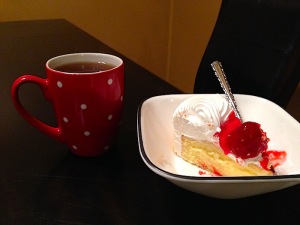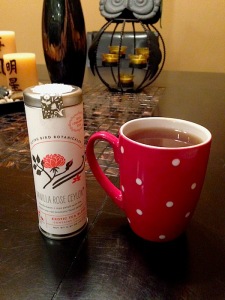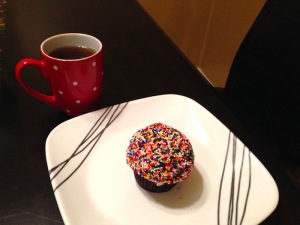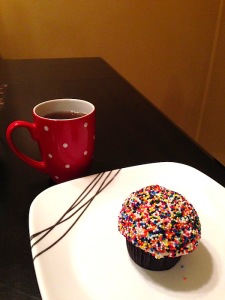Like I mentioned in my post about everygirls, I crave stories in which the characters have distinct personalities: traits and behavior patterns that make them different not only from the other characters in the story, but from other characters (and people!) in general.
So how do you come up with a character’s personality, and how do you make it unique? Whether you are a discovery writer who comes up with characters as you write, or a planner who designs your characters in advance, it helps to have a few strategies for thinking about what kind of person your character is. So here are five of my favorite strategies I use for character creation…
- Use systems for describing personalities that already exist. Humans have created lots of ways to describe different personalities over the centuries. Some of my favorites are the four humors, the Western Zodiac, the Chinese Zodiac, the Myers-Briggs Type Indicator, and even a Japanese theory about blood type. These systems are great reminders of the range of personalities that exist in human beings. Plus, the more systems you use to define a character, the more complex that character will be. (And remember, you don’t have to believe in the accuracy of these systems to use them for character inspiration!)
- Create foil and complementary characters. If you already have the personality of your protagonist in mind, use it as inspiration for the other members of your cast. Does she have a friend who’s the complete opposite of her (a foil)? Does she know someone who is similar, but different in a crucial way (a complement)? Foil and complementary characters serve a literary function in stories, but they also ensure a well-rounded cast of characters, personality-wise.
- Go against type. Occupations and hobbies are important. But people tend to assume things about characters with certain occupations or hobbies. Take doctors, for example, who are usually portrayed as kind and nurturing. (That’s why a misanthropic doctor like House feels so unique.) All types of people can be found working in any profession. Consider giving a character a personality that goes against stereotype (and better yet, consider how that quality could be a strength or a weakness in that occupation).
- Add layers. Even if you create a character who fits a certain trope or stereotype, you can still make him or her unique by considering other aspects of the character’s personality and background. For example, maybe the character’s hobbies don’t match up with the stereotype of someone with that occupation, or the character’s background is unusual for someone with that position. Just be sure that these aspects of the character appear in your story (and preferably matter to the reader, in one way or another).
- Go deeper. Consider what it would feel like to actually BE this character. How does he or she really think? What drives her or her? The deeper you go, the more individual your character will seem to the audience. Ultimately, everyone thinks about things a little differently. People have contradictory desires. They go against their “type” sometimes. Figuring out when and why a character does that can really make him or her feel distinct, and help flesh out the character’s full personality.
I hope these tips give any writers out there some inspiration, for different ways to think about a character’s personality. I really want writers to succeed in this aspect of storytelling, and even excel at it, because ultimately it gives me more interesting stories to read.
That’s it for today! See you on Tuesday for teatime.




